
Gas breakout from mud returns migrates to ignition source
What would you find during a ‘hazard hunt’ focused on explosion-proof electrical boxes on your rig? In this incident, a damaged explosion-proof box near the shale shakers became the ignition source for gas breaking out of the non-aqueous mud returns, and the resulting explosion ignited a fire in the mud itself.
High gas was present around the shakers because a bottoms-up after a bit trip was not circulated through the choke manifold and the mud-gas separator to manage the increased gas contained in the mud. Instead, the system relied on gas breaking out in the flowline and venting to the mud-gas separator. Is your system plumbed so that it can accommodate occasional higher gas concentrations? Are your crews trained to anticipate such situations and to respond properly?
IOGP Wells Expert Committee/Well Control Incident Subcommittee believes that this incident description contains sufficient lessons to be shared with the industry. We further encourage the recipients of this mail to share it further within their organization.
Unconventional oil-producer. Drilling assembly was pulled out of hole, new drilling assembly tripped back to bottom. Production hole drilling operations resumed, no bottoms-up circulated prior to recommencing drilling operations. While drilling ahead, shortly before bottoms-up, gas units (recorded at possom bellies) showed increasing trend in tandem with increased flow (recorded at flowline via flo-sho device) and flare actuated (dedicated flare line from MGS). The on-tour driller heard a "hiss and loud pop" between shakers and substructure area, then observed smoke in the vicinity of the rig floor / substructure / drawworks; then a fire was observed at the shakers. The driller ceased rotation of the drilling assembly and turned the mud pumps off, departed the rig floor and secured the well by functioning the annular preventer closed from the accumulator unit. All on-duty personnel were mustered. Pipe rams were functioned closed from the accumulator unit to further secure the well, the rig was powered down, fuel sources isolated. Fire-fighting services were called to the location to extinguish the fire.
What Went Wrong?:
Compromised explosion-proof equipment in a classified area (Class I - Division I), gas present in the area of compromised explosion-proof equipment, "unconventional flowline vent conduit" (see figure below), non-aqueous drilling fluid.
"Unconventional flowline vent conduit" (see photographs) - common configuration on North American unconventional operations - rotating head in use, low-pressure piping routed from flowline (upstream of shaker isolation valve) to the MGS (isolation valve inline) intended to harvest high gas content and route it to the MGS without closing the BOP and routing fluid through the choke. This configuration is hazardous since if the valve isolating the flowline from the MGS is not closed (or holding pressure) then gas can escape the MGS to the flowline/shakers during well control operations using the MGS. Additionally, this equipment configuration is not an engineered process and thus should not be depended upon to harvest high gas levels; management of gas should be done through dedicated pressure control equipment (BOP/choke manifold/etc.).
Corrective Actions and Recommendations:
- Hazardous location integrity inspection of rig electrical systems should be performed upon rig acquisition and after work is performed on electrical system intrinsically safe and explosion-proof equipment.
- Adequate training of rig crews regarding explosion-proof and intrinsically safe equipment, with a focus on maintenance and the importance of potential ignition source equipment being in working order.
- Perform analysis of the drilling unit's gas management system upon rig acquisition and prior to system modification.
- Provide technical/human factors well control training to drill-site crews with emphasis on industry best practices for drilling operations and gas management.
Figure 1a. Unconventional flowline vent conduit
The flowline vent conduit is not a conventional, engineered means of managing gas. Crews should not rely on this configuration to handle high gas levels; BOP equipment should be used.
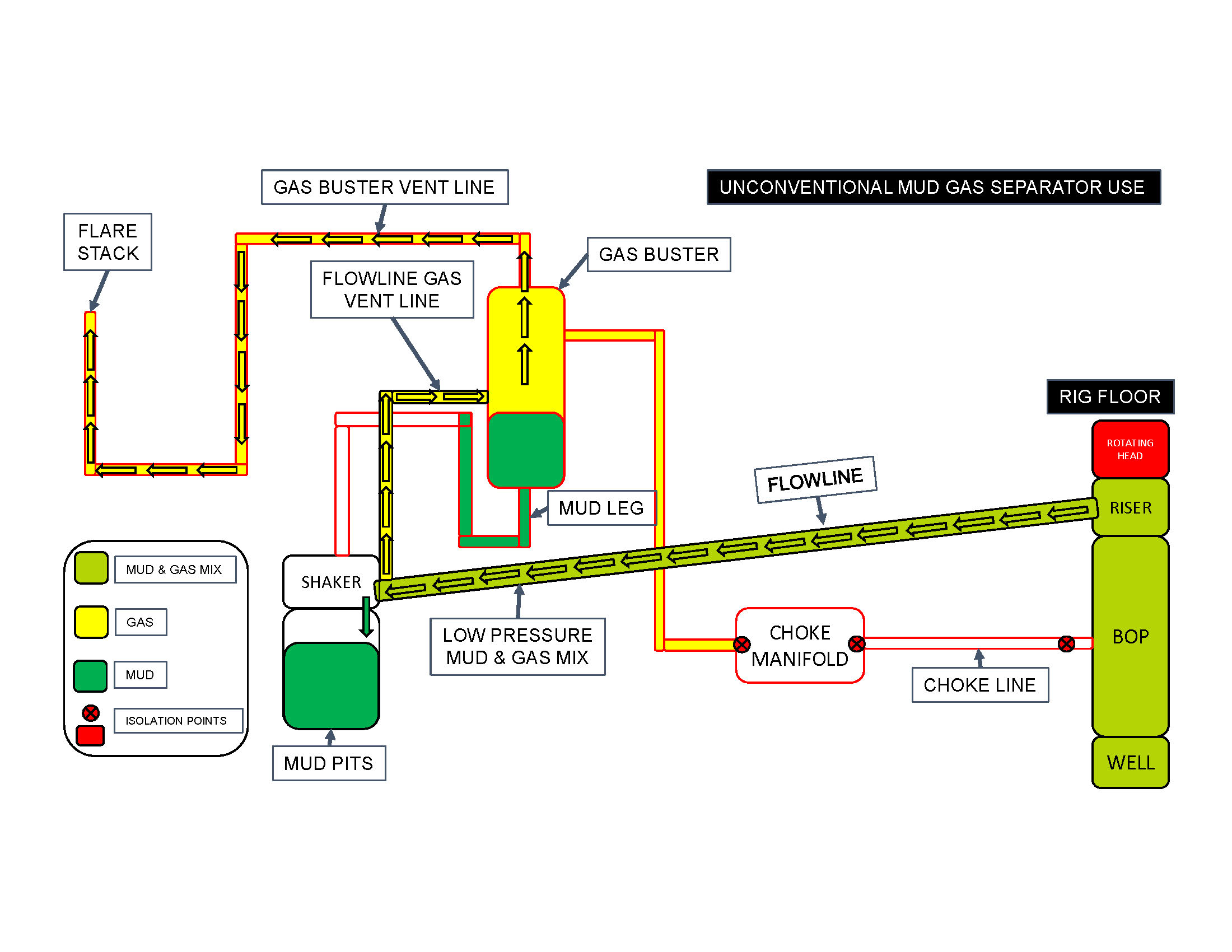
Figure 1b. Conventional flowline vent conduit
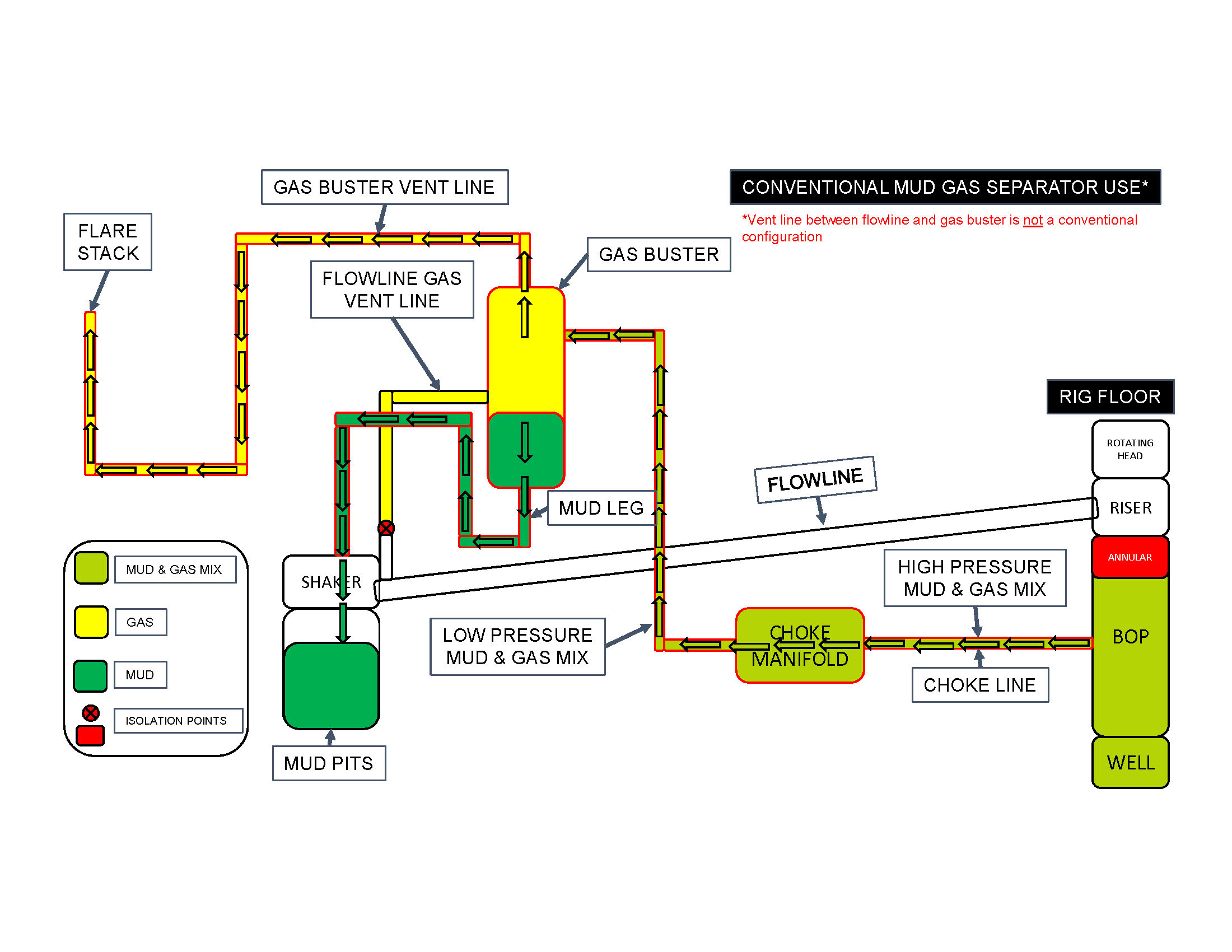
Figure 2. Rig & equipment layout
Schematic showing arrangement of relevant rig equipment positioning.
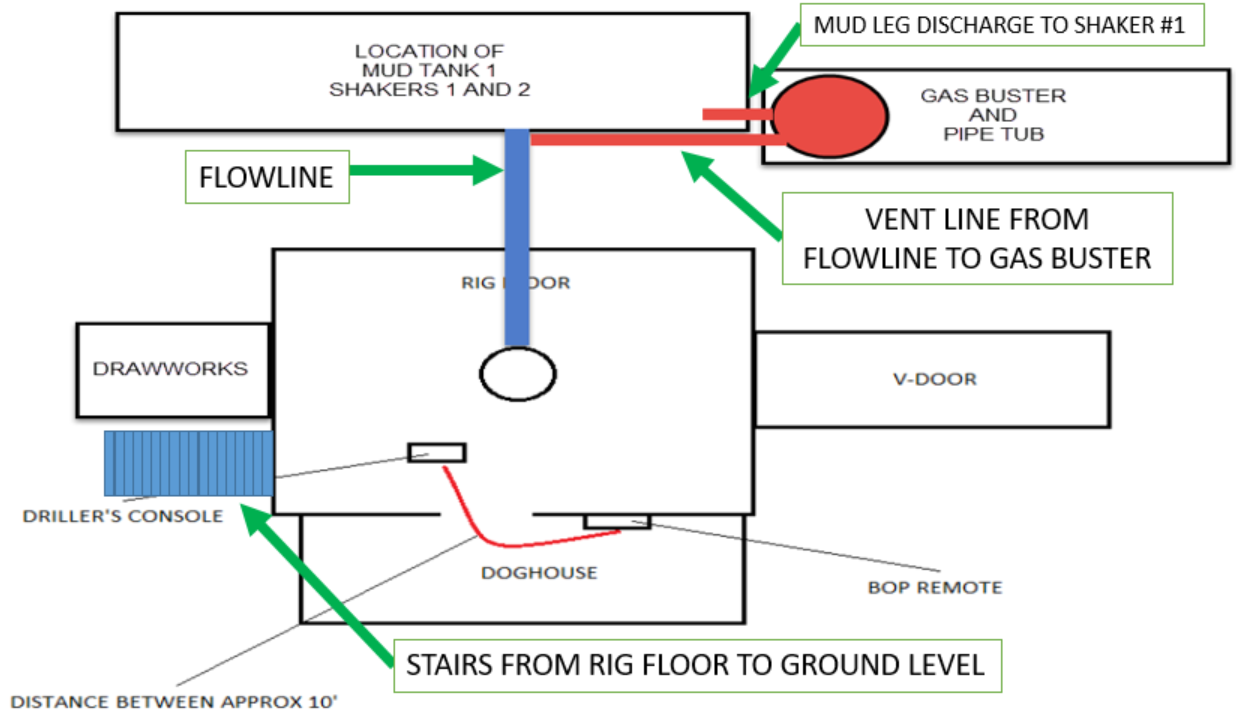
Figure 3. Failed explosion-proof box
Class 1 Division 1 explosion-proof box failure at shale shaker area.
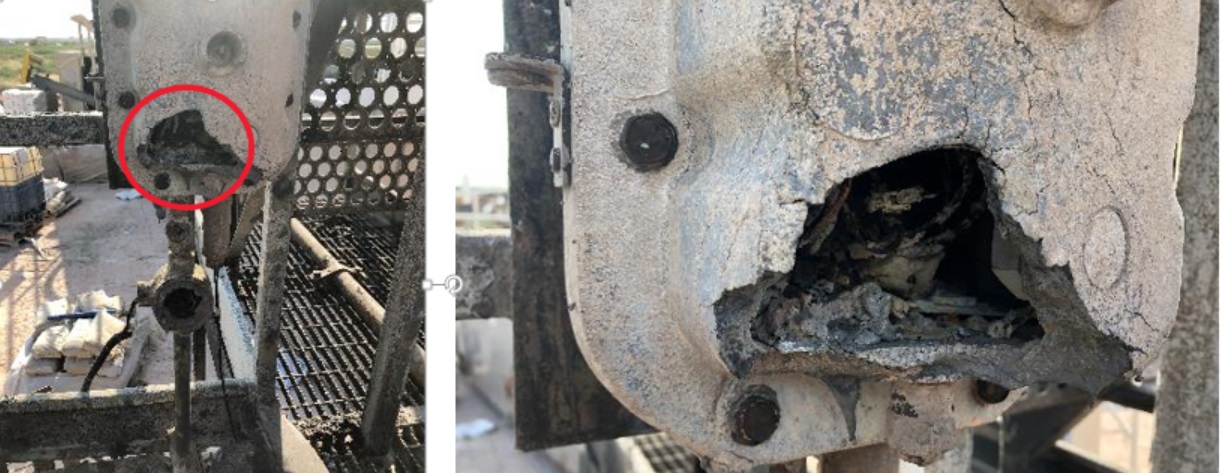
Figure 4. Failed junction housing
Failed junction housing showed similar damage as the failed explosion-proof box in the shale shaker area.
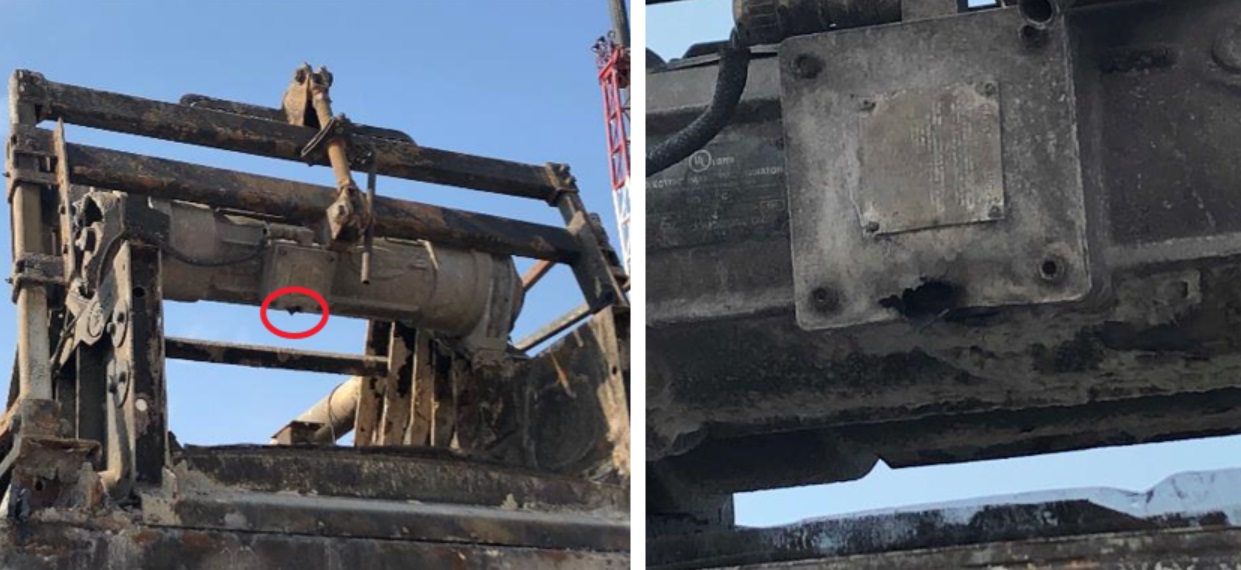
Figure 5. Fire damage of rig equipment
Shale shaker, MGS, pit areas and surrounding equipment damaged by the fire which began at the shale shakers.
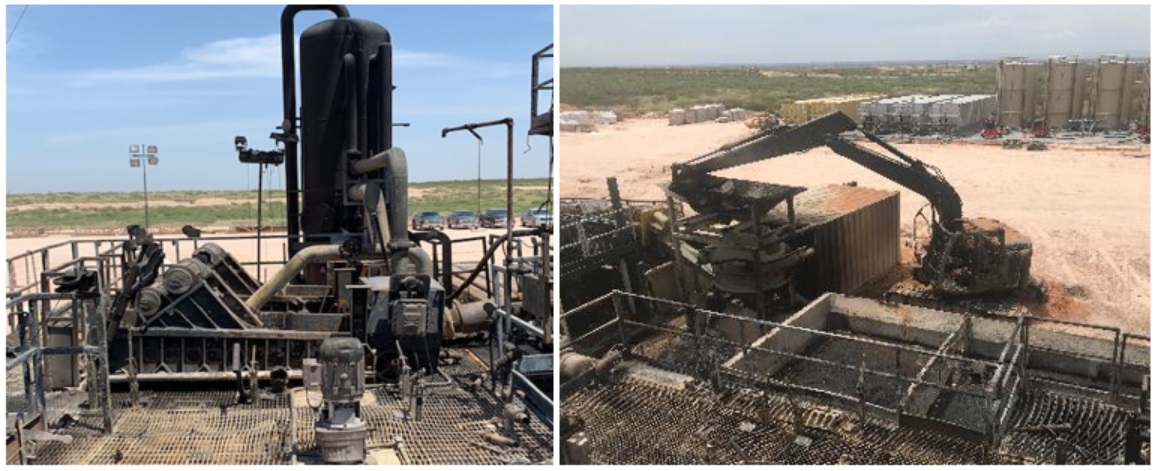
safety alert number: 313
IOGP Well Control Incident Lesson Sharing http://safetyzone.iogp.org/
Disclaimer
Whilst every effort has been made to ensure the accuracy of the information contained in this publication, neither the IOGP nor any of its members past present or future warrants its accuracy or will, regardless of its or their negligence, assume liability for any foreseeable or unforeseeable use made thereof, which liability is hereby excluded. Consequently, such use is at the recipient's own risk on the basis that any use by the recipient constitutes agreement to the terms of this disclaimer. The recipient is obliged to inform any subsequent recipient of such terms.
This document may provide guidance supplemental to the requirements of local legislation. Nothing herein, however, is intended to replace, amend, supersede or otherwise depart from such requirements. In the event of any conflict or contradiction between the provisions of this document and local legislation, applicable laws shall prevail.
